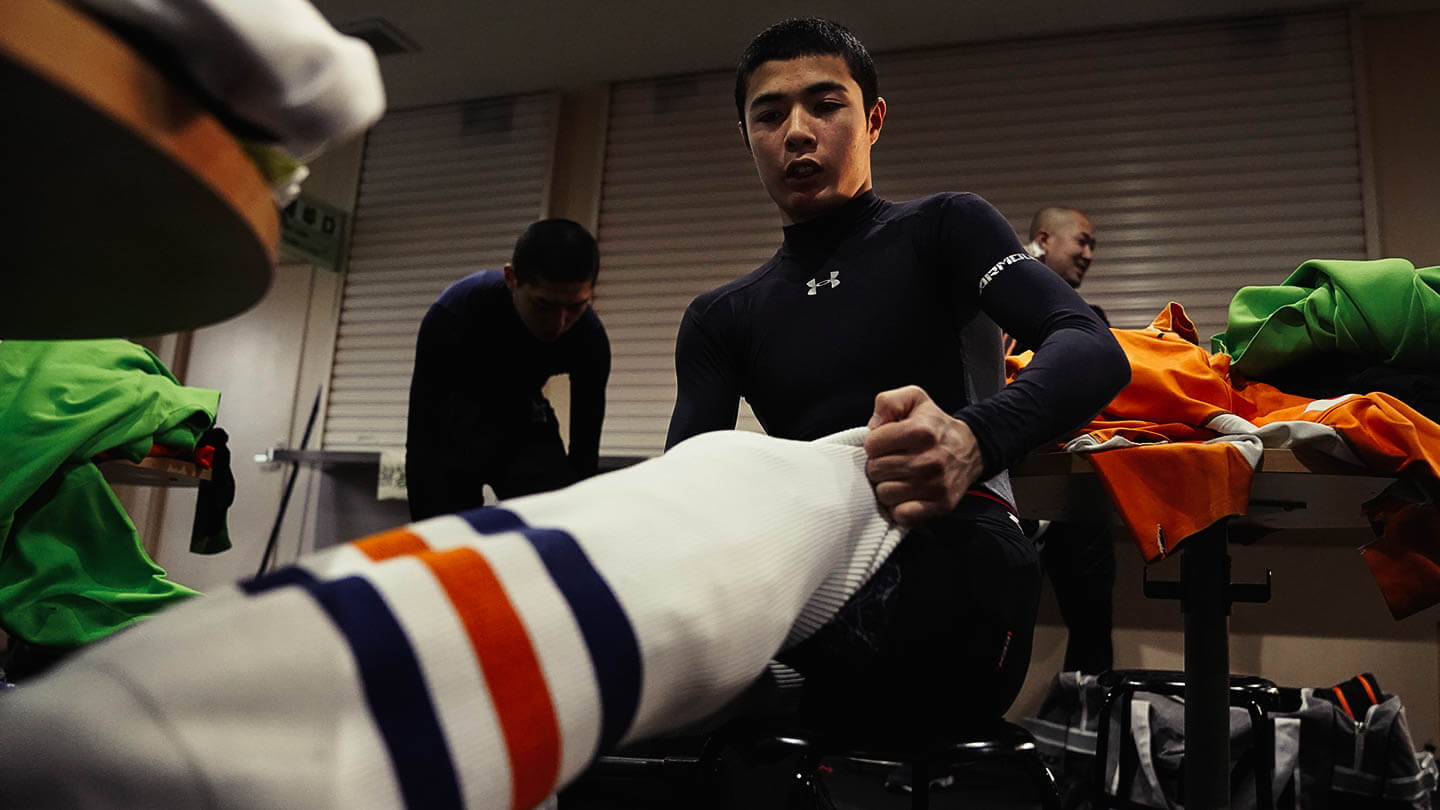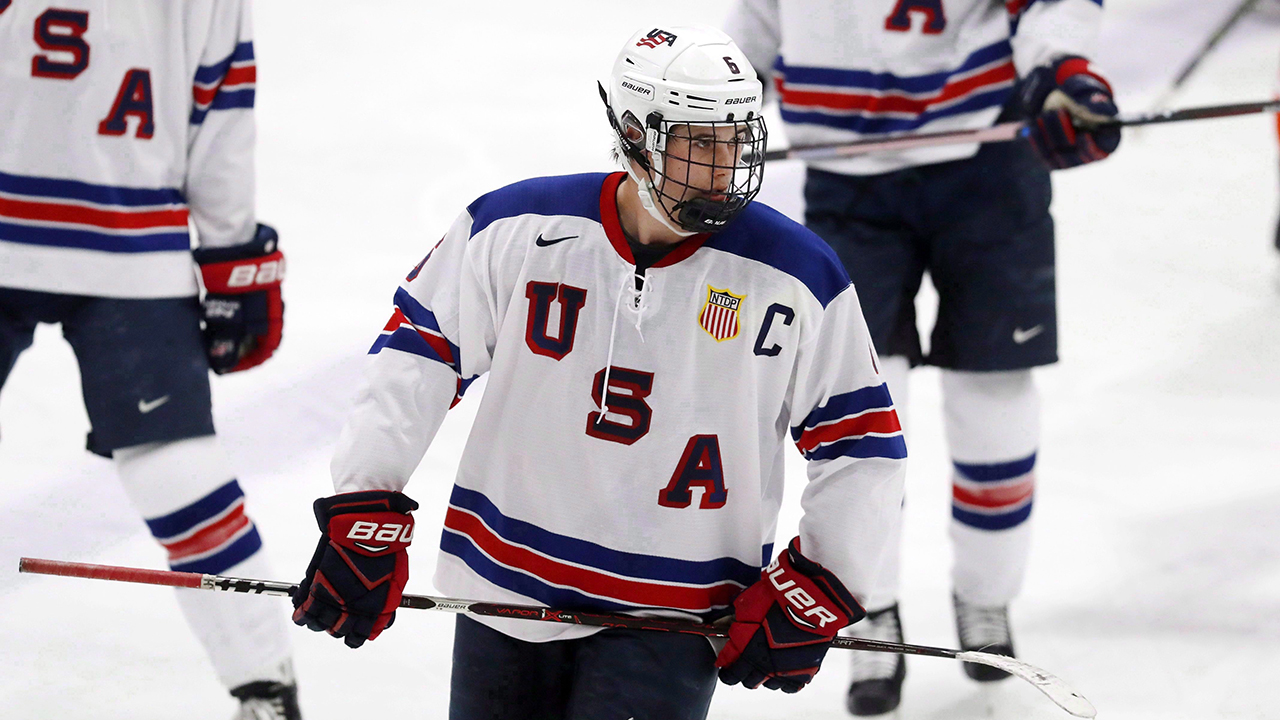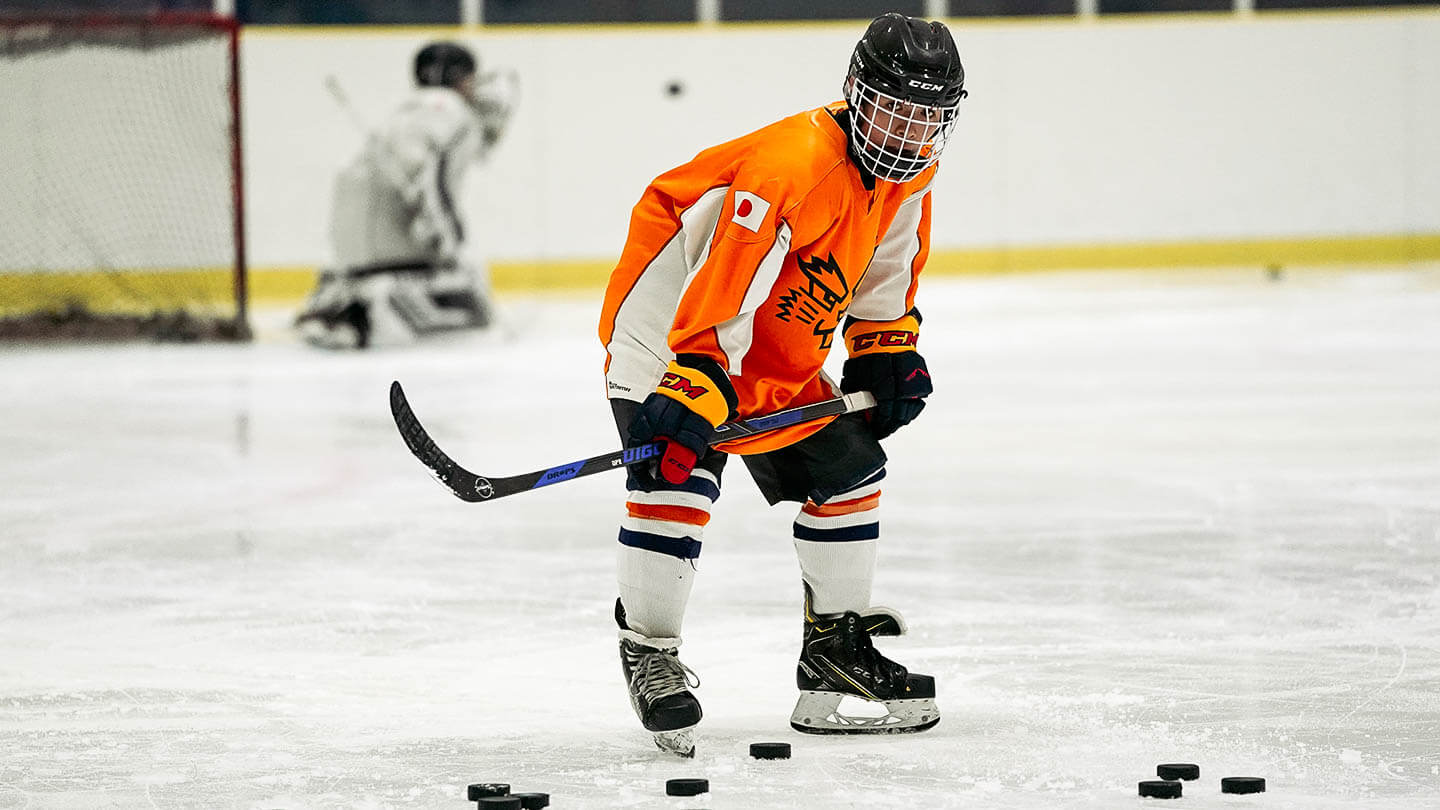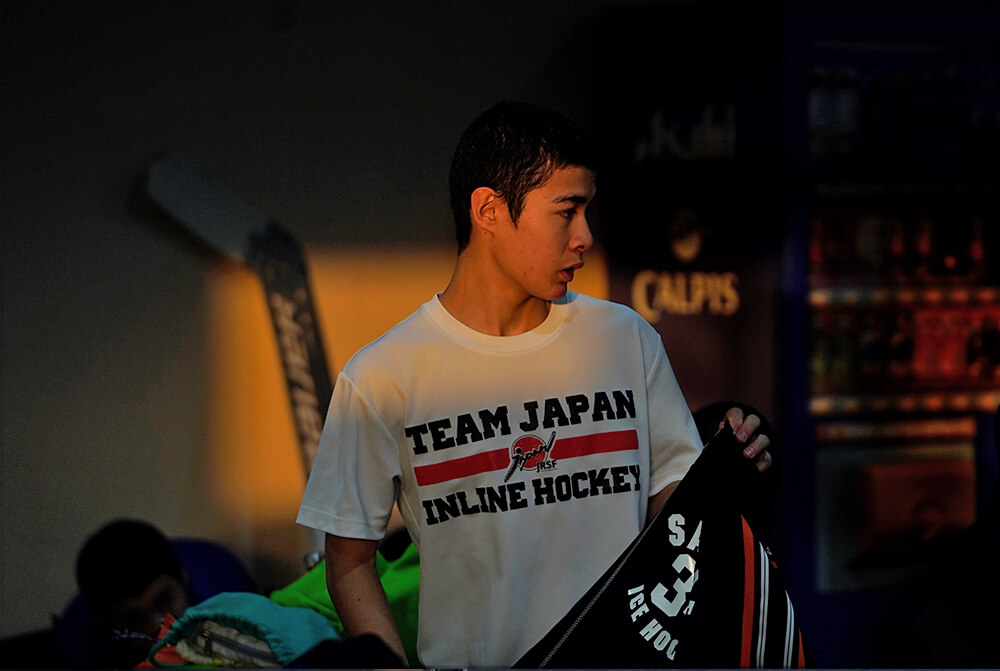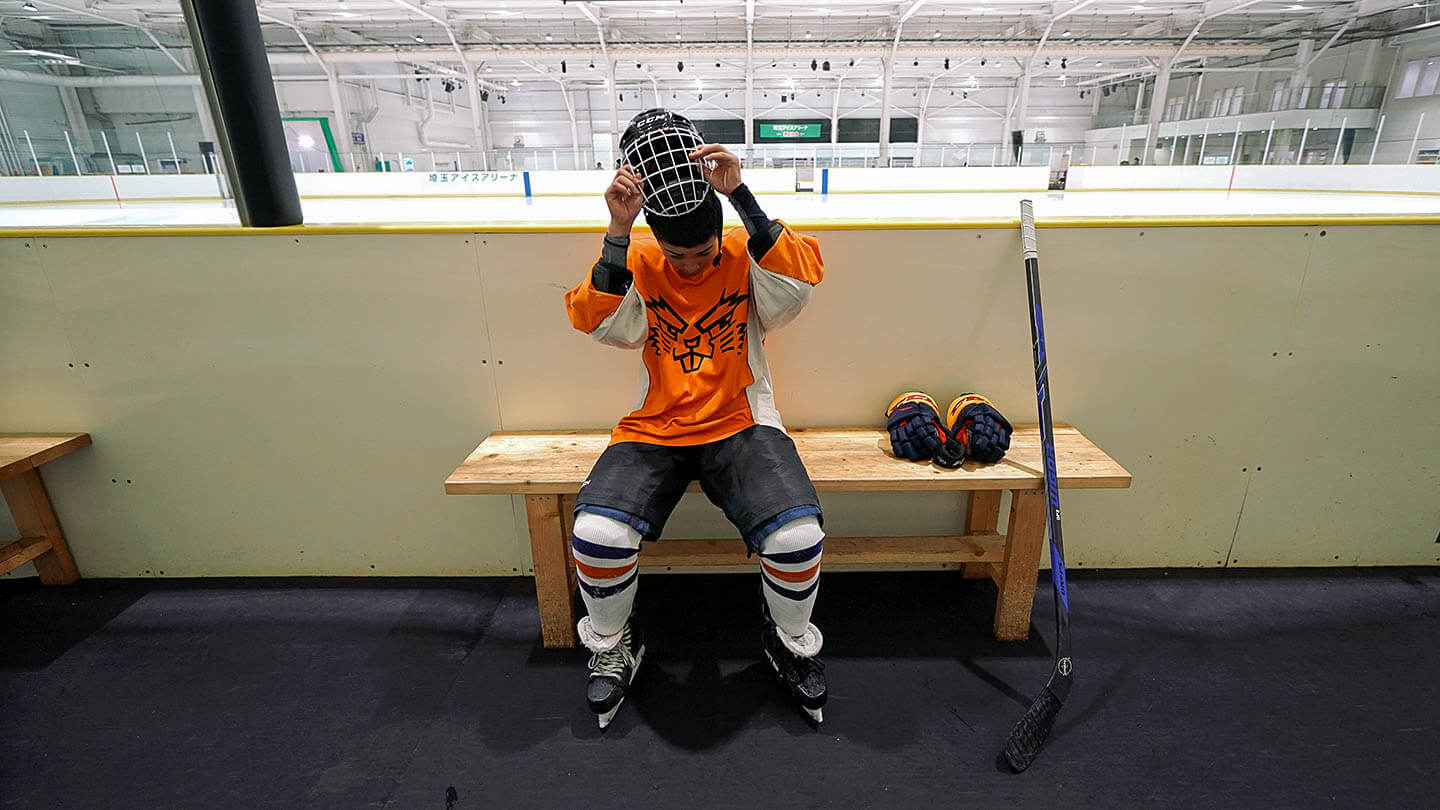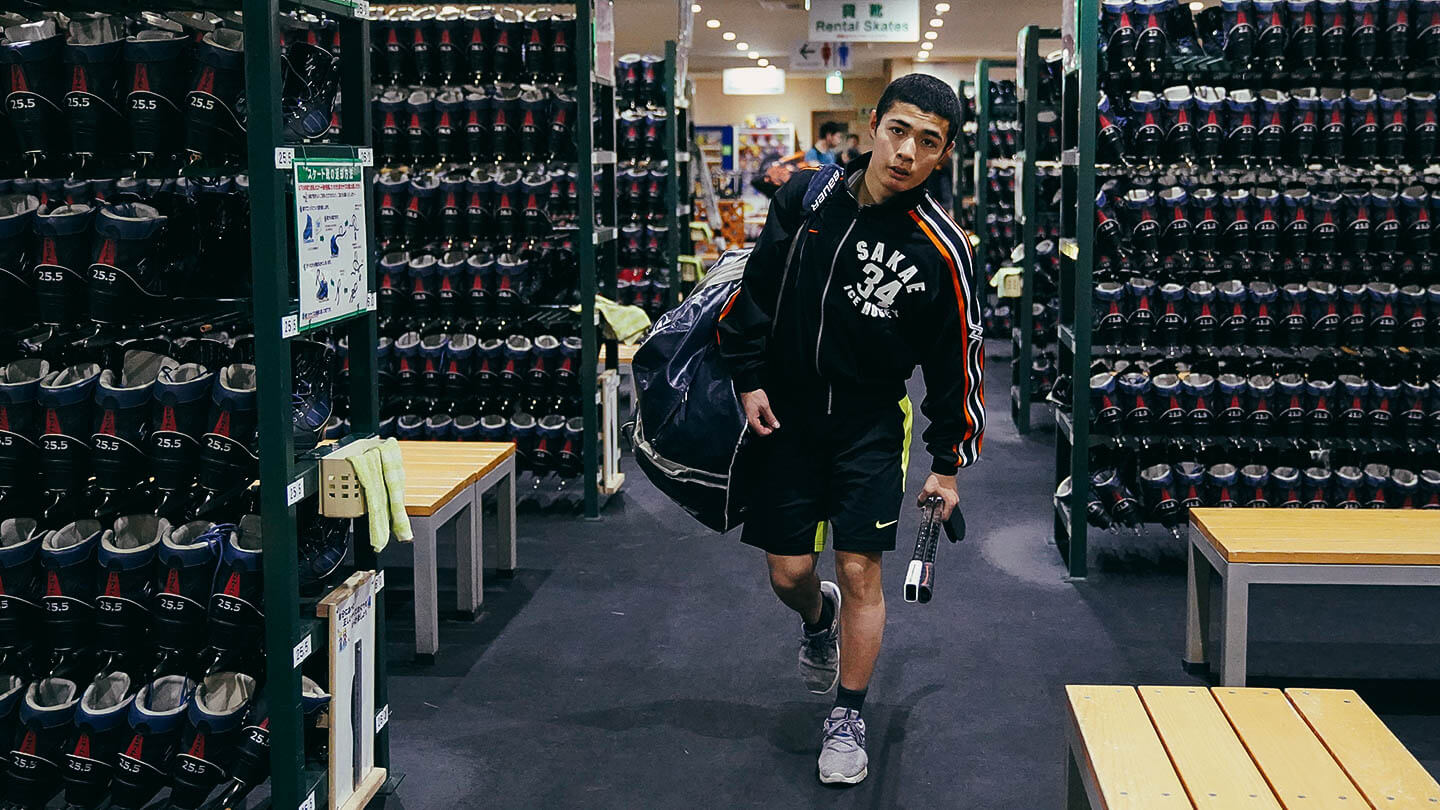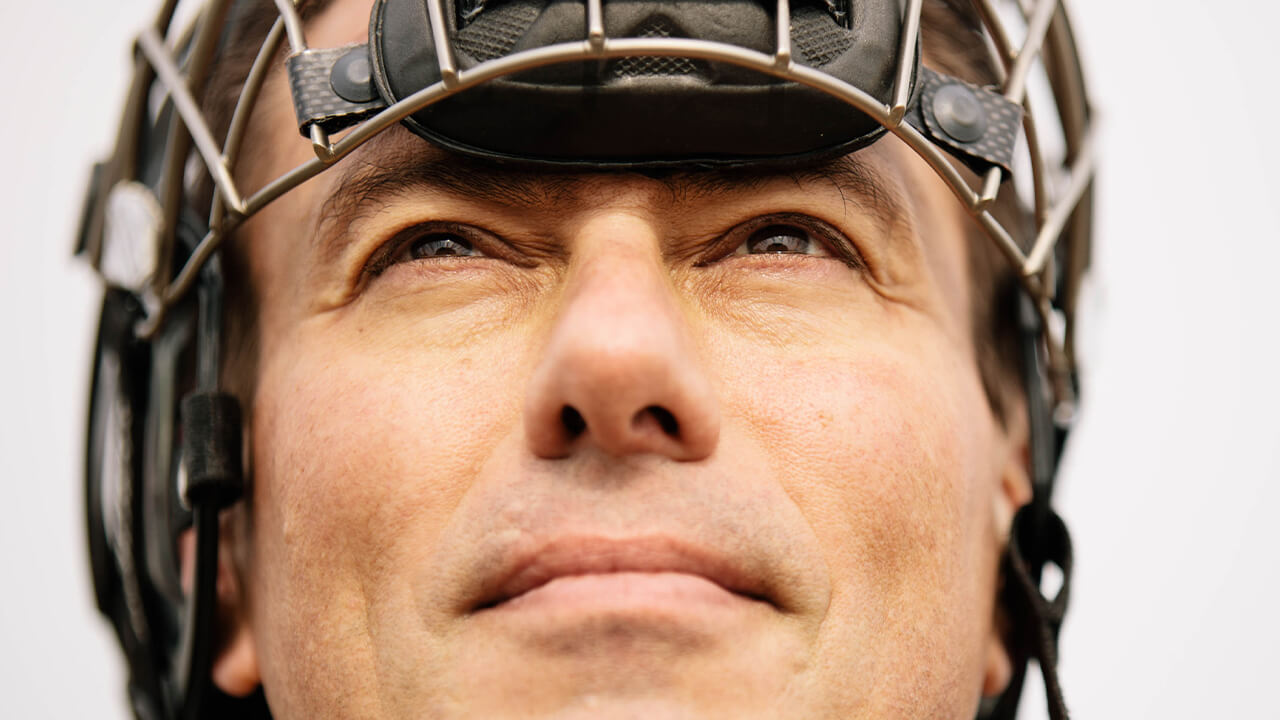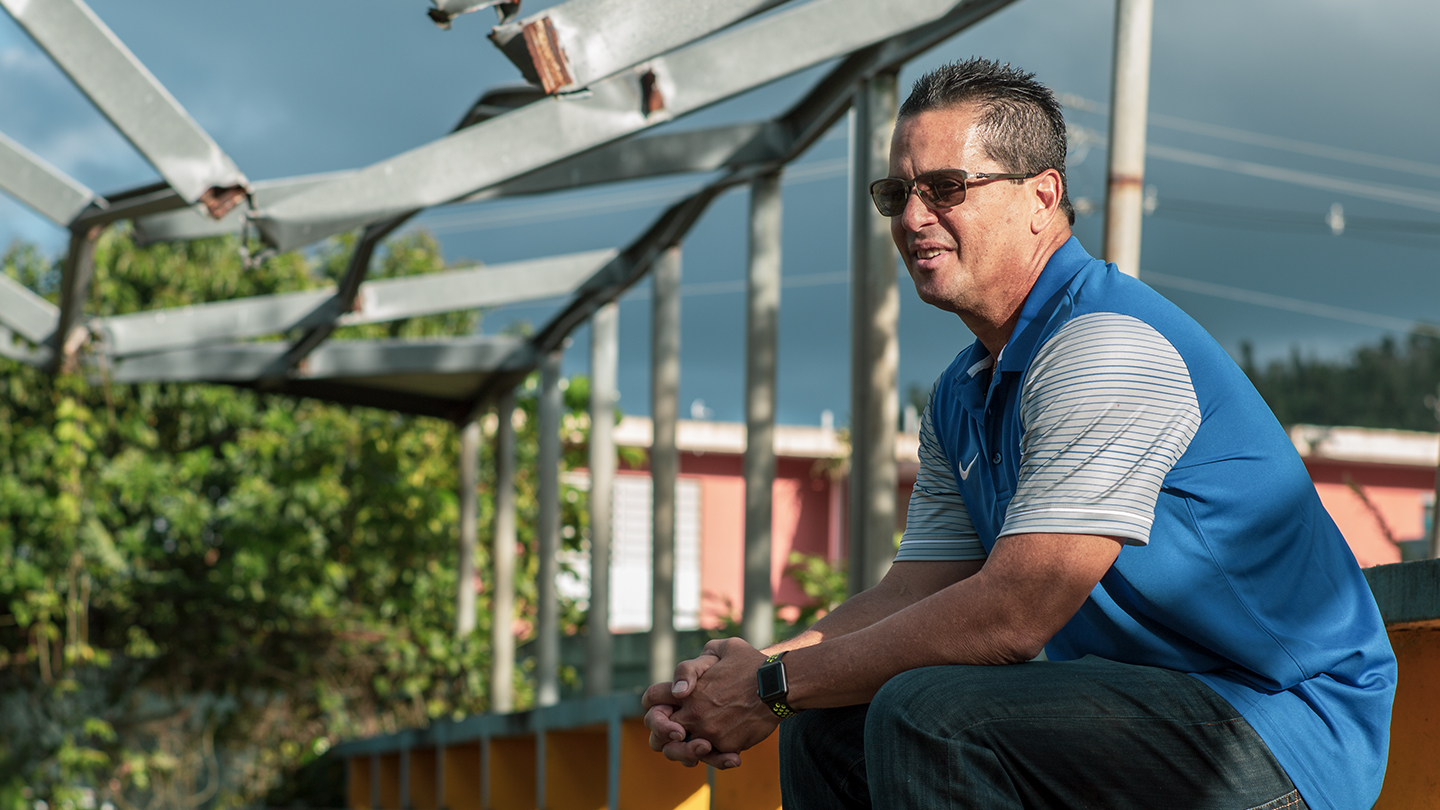But most impressive to the veteran eye was Aito’s ability to adapt in the face of stiffer competition. “He was a one-on-one player [in Japan]; he was using his agility and his puck skills to dance around people and score himself. When he wasn’t able to do that at the USHL combine, you saw some playmaking. … he just didn’t fold up — he kept on finding a way to contribute. And that was against bigger, stronger [players], probably the highest competition he’s played against in his life.” Pulford reached out to his contacts at the USHL to gauge their reception of Aito’s performance amid the combine crop. The consensus is he stood out from the pack.
But Iguchi’s obviously still a work in progress, Pulford says, pointing to his speed as a potential area for growth. “You see most of the guys that have success at the NHL level, those little guys can just flat out fly. From what I saw of him, he has that just-fast-enough speed, kind of like a Zach Parise did — he just needs to go fast enough to get away from people.”
While the common criticism levelled at Iguchi from Canadian fans is more along the lines of how he’ll fare against the big-bodied defenders roaming around these parts, Pulford doesn’t see an issue there. “The way the game is going now, he’s not going to be a guy that’s going to take contact that much, because he does look like he has that sixth sense to feel pressure and spin off of it, not put himself in positions. And the game just isn’t the way it used to be — there’s still some physicality but not anything like it used to be.”
A few more hours in the weight room focusing on lower-body strength should help Iguchi develop that pull-away speed, Pulford says. But for the other still-raw aspects of his game, the only cure is consistent reps against better competition — something only a move out of Saitama will provide. “You know, the really good kids around the world, your top kids, are always playing against higher-level and older kids. I remember watching Crosby playing against kids that were three, four years older than him, and being a very noticeable player. Pat Kane was always playing up — you see these kids that are, just because they’re so good against their age group, they get moved up against harder competition.”




